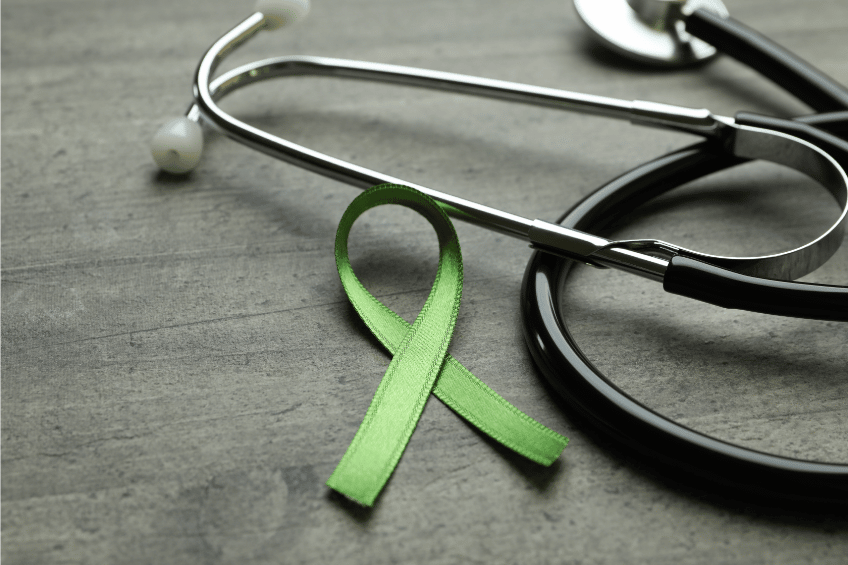What is Lymphoma?
Lymphoma is considered to be the most common type of blood cancer in the developed world. Taken together, lymphomas represent 5.3% of all cancers in the United States, and 55.6% of all blood cancers. [1]
Next, we will look through Lymphoma’s Signs and Symptoms, but for a better understanding, here is some information on the disease.
But what exactly are lymphomas?
Lymphocytes (white blood cells) are a part of the immune system. They are contained in the lymph and travel around the body within the lymphatic system, fighting off infections. Lymph passes through so-called lymph nodes located all over the body.
With lymphoma, white blood cells grow and divide uncontrollably and do not die duly. Such abnormal, cancerous cells build up, most commonly in lymph nodes, but they can develop in almost any part of the body. [2] Common as they are, lymphomas have a better treatment and survival prognosis than any other form of cancer, especially in cases of early detection. Survival rates are also improving, thanks to more accurate methods of diagnostics and ongoing research in the field. [3]
Let’s learn more about lymphoma, its types and symptoms.
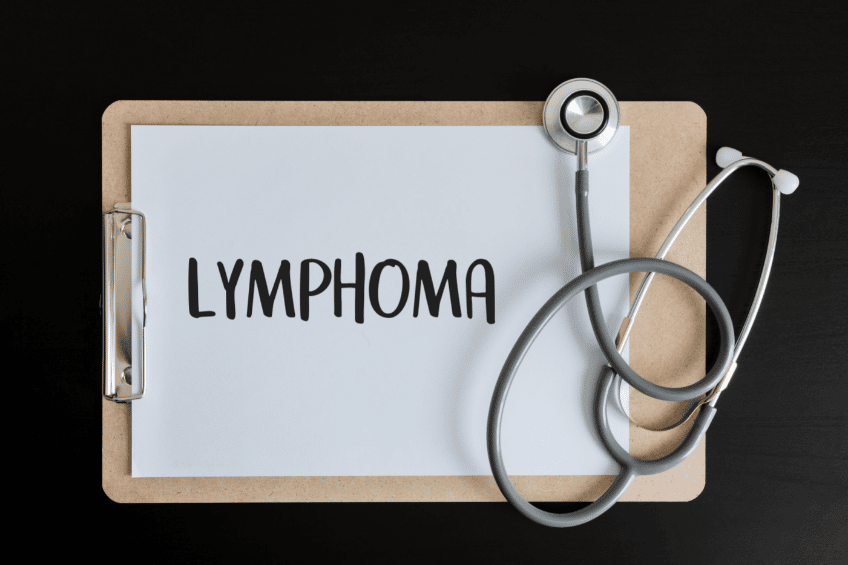
Types of Lymphoma
There are over 70 different types and subtypes of lymphoma (depending on where it starts and what parts of the body it affects), but they can be broadly classified into two categories:
- Hodgkin lymphoma (HL), which accounts for 10% of all lymphomas;
- Non-Hodgkin lymphoma (NHL), which accounts for the remaining 90% of cases.
The distinction between the two forms is made with microscopic examination of biopsied tissue. HL will feature so-called Reed-Sternberg cells (abnormal cells with two nuclei), which are not found in NHL. HL and NHL may have similar symptoms, especially in the early stage, but they behave, spread and respond to treatment differently. [4]
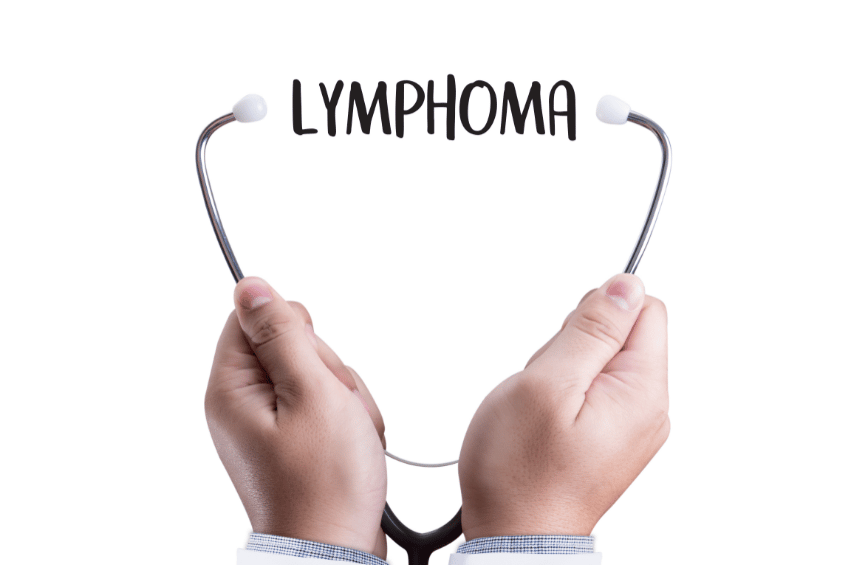
Hodgkin’s Lymphoma
In order to better understand Hodgkin’s Lymphoma (or Hodgkin’s Disease), let’s learn more about the lymph system. It is made up of lymphocytes, and there are two types of them:
- B-lymphocytes (or B-cells), which make proteins called antibodies to protect the body from germs, bacteria and viruses;
- T-lymphocytes (or T-cells), some of which destroy germs or abnormal cells in the body; others can boost or slow the activity of the immune cells.
Hodgkin Lymphoma usually starts in B-lymphocytes. [5] These abnormal B-lymphocytes (commonly multinucleated) called Reed-Sternberg cells are present in Hodgkin’s lymphoma and are not found in other types of lymphoma. Such lymphomas usually represent non-painful enlarged lymph nodes (lumps) in the neck or under the arms. They can also affect lymph nodes inside the chest, in which case the swelling might press on the windpipe, causing coughing and trouble breathing. [6]
HL commonly starts in the upper parts of the body and then moves down in a sequential and – which is quite helpful – predictable way. [4]
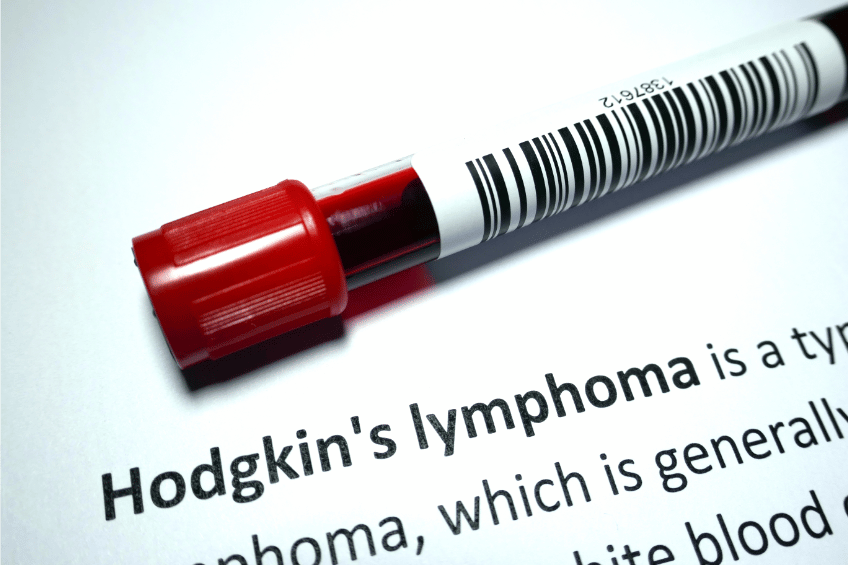
Non-Hodgkin Lymphoma
Non-Hodgkin lymphoma can start in either type of lymphocyte, but B-cell lymphomas are the most common. There might be many different signs and symptoms depending on its location or no symptoms at an early stage. What makes it a dangerous condition is that, unlike HL, it develops haphazardly and can affect lymph nodes in any part of the body, including the abdomen and groin.
NHL can be indolent (which grows and spreads slowly and can remain untreated for some time, but watched closely instead) or aggressive (which grows and spreads very quickly and needs to be treated urgently). Whether aggressive or not, all types of NHL might spread to other parts of the lymph system and even affect other parts of the body such as the liver, brain, or bone marrow, so it is best to seek medical attention as soon as any symptoms appear. [7]
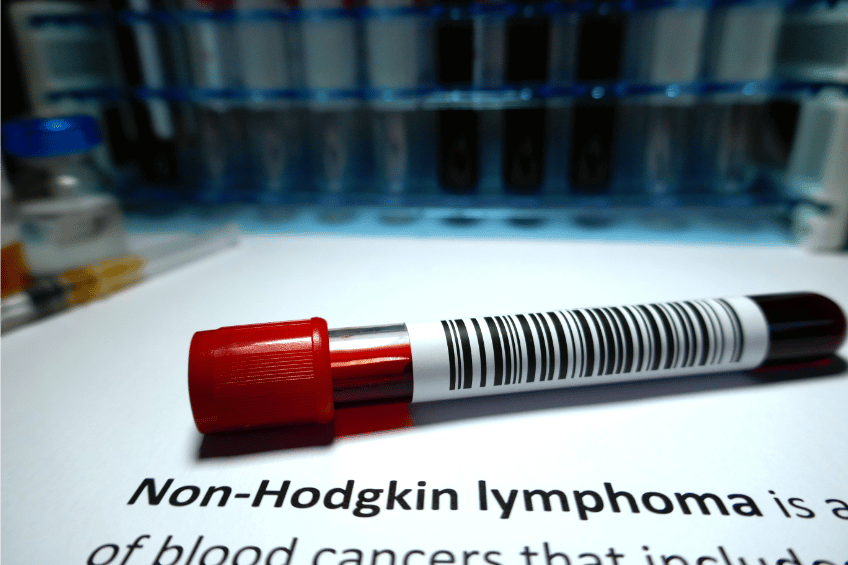
Local and systemic symptoms
Symptoms of lymphoma can be local (affecting just one area of the body) or systemic (affecting the whole body).
Local symptoms affect the area in and around the lymphoma. The most common local symptom is a swollen lymph node. Other local symptoms are caused by swollen nodes pressing on nearby tissues and depend on where such nodes are. These include:
- Chest symptoms (cough, difficulty breathing, a feeling of pressure on the chest);
- Stomach symptoms (loss of appetite, feeling full or bloated);
- Skin symptoms (itching);
- Pain;
- Symptoms affecting brain or nerves (seizures, dizziness, weakness in limbs).
